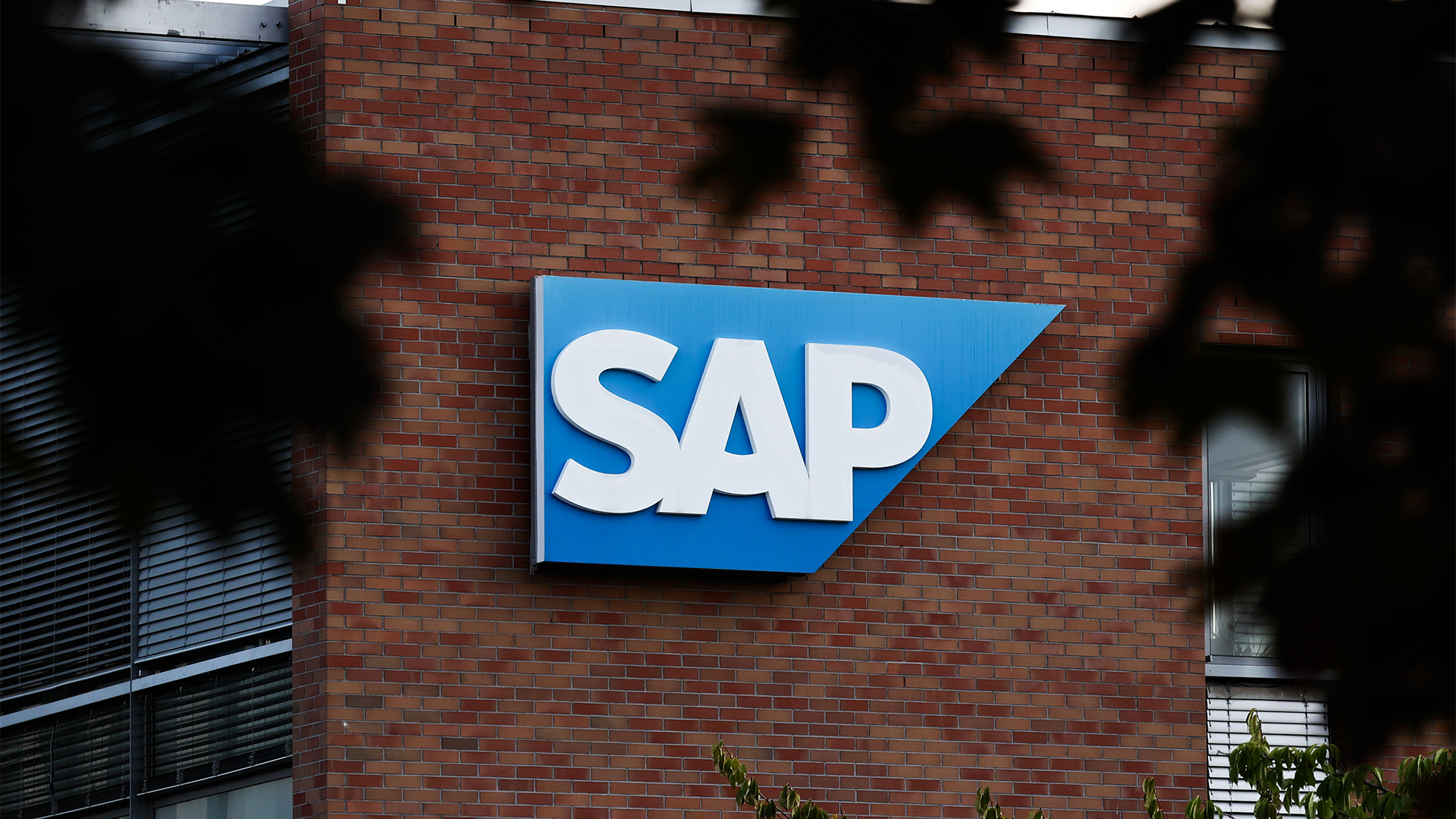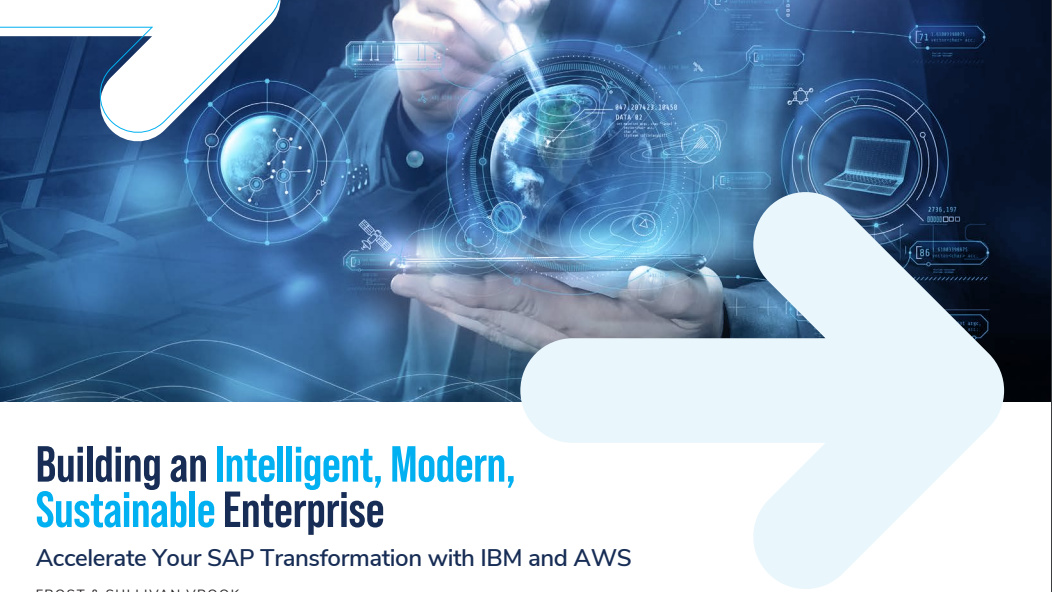Why Vistaprint migrated from on-prem to SAP S/4HANA
Vistaprint, a provider of marketing products for more than 20 years, decided to migrate to transform its business operations


After running SAP ERP Central Component (ECC) for more than 13 years, marketing company Vistaprint found limitations with its legacy system. The firm wanted to improve access to data and analytics, enhance the user experience, increase agility, and reduce infrastructure costs. So it embarked on a transition to S/4HANA across key business functions including finance, supply chain, sales, and analytics.

"We had challenges with just data volume management in ECC with lower average order value and high order count. The number of transactions is high,” says Mukul Agrawal, director of technology at Vistaprint.
“In ECC if I was going to run a report on any action just for one month, it would crap out. I would not be able to run the report, because the volume is so high."
Overcoming the challenges of legacy tech
Agrawal says the implementation project began in September 2019 with a scheduled go-live of April 2020. Within this seven-month timeframe, the team completed conversions and testing in sandbox, development, and QA environments.
Just as the go-live was approaching in March 2020, COVID-19 forced the entire team to work remotely. "We had a decision to make. Are we going to go live or are we going to pause this implementation?" says Agrawal. "We were ready. So, we met with our CIO and CFO we decided we’re going to go and implement the system completely."

Agrawal is a technology leader with more than 15 years of expertise in managing and deploying enterprise applications – and has been with Vistaprint since 2012. He was appointed as director of technology in 2021.
SAP told us it was going to take ten business days of downtime. We were able to reduce our downtime to about 21 hours.
On 25 April 2020, Vistaprint went live on S/4HANA with over 250 people working remotely across the globe. According to Agrawal, careful planning, testing, and practice enabled a smooth transition despite the fully remote cutover.
The implementation team faced some specific technical challenges during the migration, however. "There are specific conversions that happen on fixed assets when you're moving from ECC to S/4. Even though the GUI looks very similar between the two systems, the back end, the database structure, the capabilities are very different."
Sign up today and you will receive a free copy of our Future Focus 2025 report - the leading guidance on AI, cybersecurity and other IT challenges as per 700+ senior executives
Proactively identifying and cleansing stale legacy data was critical to avoid issues during cutover. Agrawal also highlighted the importance of optimizing downtime during the transition. "We cannot be without our system for 24 or 40 hours. There was a lot of TLC given to that process. SAP told us it was going to take ten business days of downtime. We were able to reduce our downtime to about 21 hours."
What moving away from on-prem means
The implementation of S/4HANA has delivered major transformational benefits across Vistaprint's business operations and processes. One area where Vistaprint has seen dramatic improvements is in data access and reporting.
With S/4HANA's embedded analytics and real-time data capabilities, month-end closing processes that previously took teams eight to ten hours to run can now be completed in just three minutes for some reports. This massive acceleration in reporting speed enables much faster financial closes each period.
In addition, Vistaprint has been able to eliminate the reconciliation needs between its legacy ECC system and separate analytics systems previously required. Now all reporting and analytics run directly and natively from the single source of truth in S/4HANA.
On the user experience side, adopting SAP Fiori apps on mobile and desktop has enabled Vistaprint's employees and executives to interact with the SAP system more easily and efficiently across various tasks. For example, executives can quickly approve purchase requisitions, marketing spend requests, and other transactions directly through apps rather than relying on cumbersome offline processes.
RELATED RESOURCE

Discover the technology trends that are helping manufacturer's overcome challenges
DOWNLOAD NOW
Vistaprint has also been able to leverage S/4HANA's automation to realize process efficiencies. Tasks that previously required three to four days per month of manual efforts from the finance team for regulatory reporting, tax filings, VAT reporting across geographies, and other filings can now be completed automatically.
Finally, moving to S/4HANA has enabled Vistaprint to retire legacy systems and reduce its infrastructure footprint by migrating to SAP's cloud. This cloud transition along with decommissioning of ancillary systems has reduced Vistaprint's annual infrastructure costs by over $250,000.
How to transition to the cloud without a hitch
For any organization considering S/4HANA migration, Agrawal recommends maximizing preparatory work in the ECC environment beforehand. "Anything that you can do in your pre-planning phases, any work that you can do on ECC to de-risk your actual implementation from ECC to S4 – you should sign up and do. Because that's much less work for you to do during the implementation.
READ MORE IN OUR SERIES
“When you are running an implementation. You have a consulting team and implementation partner; you're paying for two systems at the same time, so you need to reduce that duration.”
He also advises investing in tools to automate and accelerate the process. Vistaprint uses solutions like ActiveControl from Basis Technologies for transport management and risk mitigation. "Definitely look at these ancillary tools. These are your de-risking tools, help your change management, help it speed time to market as well.”
He continues: “Even now we use it. It's not only used for upgrade, but we also use it on daily production releases, and these tools help us to do from a weekly or monthly to production release to a daily production release because these things are automated right now for us.”
Rene Millman is a freelance writer and broadcaster who covers cybersecurity, AI, IoT, and the cloud. He also works as a contributing analyst at GigaOm and has previously worked as an analyst for Gartner covering the infrastructure market. He has made numerous television appearances to give his views and expertise on technology trends and companies that affect and shape our lives. You can follow Rene Millman on Twitter.
-
 I couldn’t escape the iPhone 17 Pro this year – and it’s about time we redefined business phones
I couldn’t escape the iPhone 17 Pro this year – and it’s about time we redefined business phonesOpinion ITPro is back on smartphone reviews, as they grow more and more intertwined with our work-life balance
-
 The gig economy: Past, present, and future
The gig economy: Past, present, and futureFeature The rise of the gig economy represents a new era of flexible working despite being plagued with controversies
-
 SAP wants to take data sovereignty to the next level with new 'on-site' infrastructure options
SAP wants to take data sovereignty to the next level with new 'on-site' infrastructure optionsNews The cloud computing giant will allow customers to host SAP-managed infrastructure directly within their own facilities
-
 SAP launches sovereign cloud service for UK customers
SAP launches sovereign cloud service for UK customersNews The move makes SAP the latest to roll out a sovereign cloud service for UK customers
-
 UiPath and SAP team up to streamline cloud migrations
UiPath and SAP team up to streamline cloud migrationsNews The UiPath Platform is being integrated into SAP’s Build Process Automation and packaged as a new SAP Solution Extension
-
 SAP wants you in the cloud and generative AI is how it will lure you there
SAP wants you in the cloud and generative AI is how it will lure you thereAnalysis SAP is “trying hard” to take all of its customers on a digital transformation journey, but says there is only one destiny – the cloud
-
 What differentiates SAP's generative AI from all the rest? The quality of its data
What differentiates SAP's generative AI from all the rest? The quality of its dataAnalysis SAP chief exec Christian Klein talks up opportunities in Europe and the importance of cloud systems for AI
-
 Building an intelligent, modern, sustainable enterprise
Building an intelligent, modern, sustainable enterpriseWhitepaper Accelerate your SAP transformation with IBM and AWS
-
 Amplify business transformation with business intelligence
Amplify business transformation with business intelligenceWhitepaper Four key benefits of moving your operations to the cloud
-
 Mercedes F1 accelerates AI adoption in off-track IT transformation project
Mercedes F1 accelerates AI adoption in off-track IT transformation projectNews Mercedes F1 looks to optimize back-end operations to match the performance of its race teams

